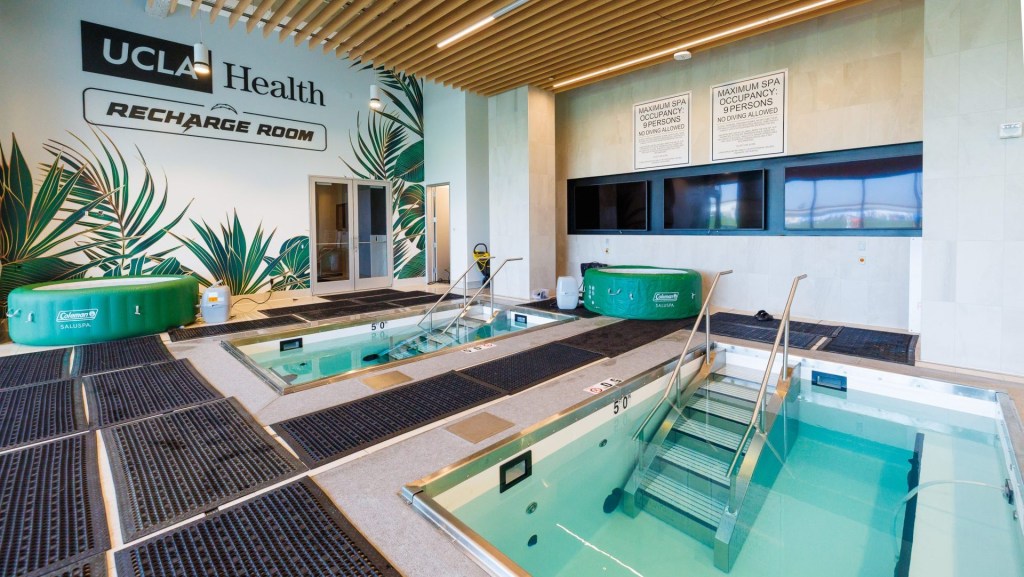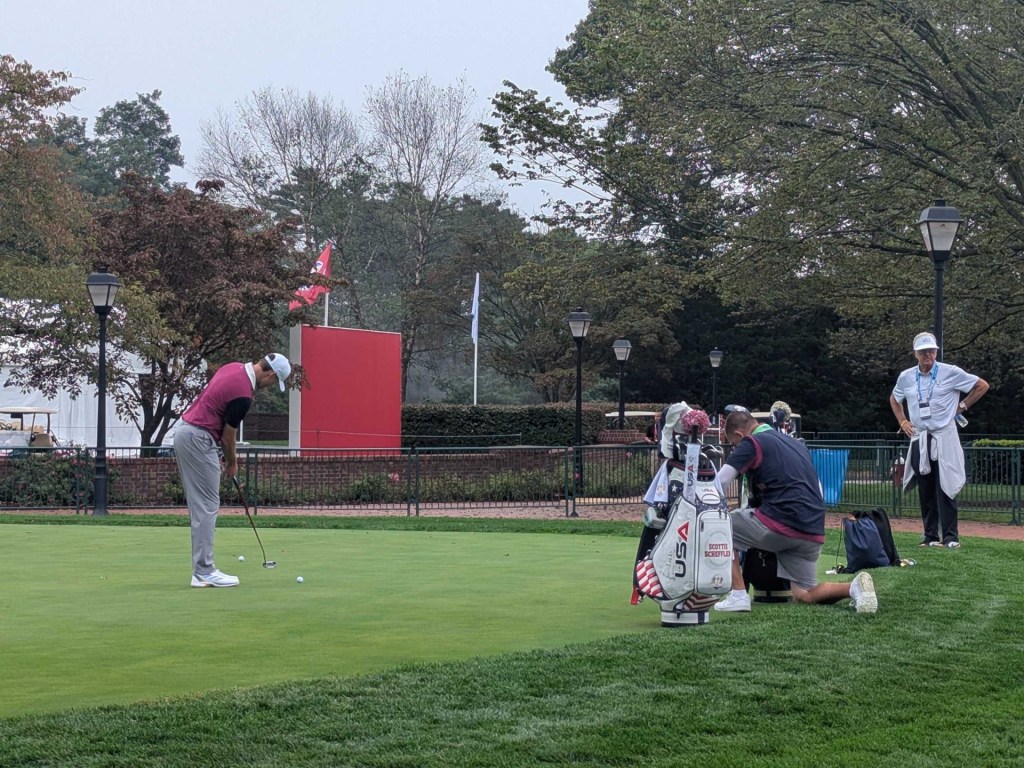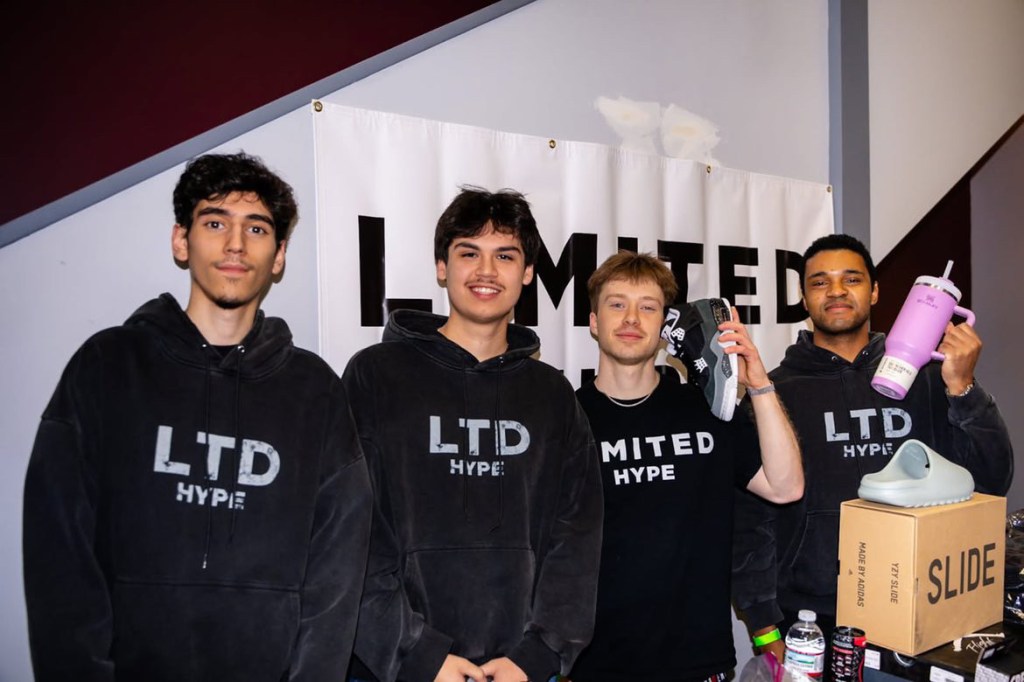On April 2 from the White House Rose Garden, President Donald Trump announced a 10% tariff on all imports across the board, as well as varied reciprocal tariffs on nearly all countries the administration considered bad actors on trade.
Imports from Vietnam would get hit with a 46% tariff; goods from Indonesia would see 32% tariffs; Cambodia, 37%. (The Trump administration has since struck new deals with some countries, including Vietnam in August, agreeing to a 20% tariff.)
The stock market plunged 4.8% that day, as investors feared higher costs to make goods abroad would hurt companies’ bottom lines and eat into consumer budgets. Shares of sportswear retailers, including Adidas, Nike, and On Holdings, plunged the day after the announcement, as they manufacture the bulk of their products outside the U.S., predominantly in Asia.
Just one week later, Trump announced a 90-day pause on the reciprocal tariffs (but kept the universal 10% tariffs).
There would be time for countries to negotiate with the U.S., but experts already began forecasting how tariffs would hurt consumers and the economy. In April, Goldman Sachs saw a 45% probability of a recession over the next 12 months, which was lowered to a 30% probability in June. The Yale Budget Lab estimated that “Liberation Day” tariffs would translate to a 1.3% increase in consumer prices, equivalent to a loss of purchasing power of $2,100 per household on average.
Sneaker brands including Nike and On raised prices on shoes and apparel. In September, footwear prices as tracked by the Consumer Price Index rose by 1.3% from the previous year.
Luckily for them, consumers—at least in the aggregate—are still spending: total credit and debit card spending per household in October recorded the largest year-over-year jump since February 2024, up 2.4%, compared to 2.0% year-over-year in September, according to Bank of America. Market research firm Circana found that through October, dollar sales of adult running shoes are up 10% vs. last year, which it attributes to more pairs sold and higher average selling price.
Perhaps the concern over tariffs last spring was overblown. Or perhaps the impact just hasn’t arrived yet.
Pain Yet to Come?
Some retailers have warned that the real effects of tariffs haven’t played out yet—and that it’s the current quarter we should be worried about.
Tariffs weren’t as much of an issue until later in the summer, “so we haven’t seen a full quarter of results yet with tariffs,” Morningstar analyst David Swartz tells Front Office Sports. That will come in February and March.
“Tariff impact is expected to increase over the next couple quarters for some of the footwear names as the percentage of inventory subject to higher rates grows,” Bernstein analyst Jed Hodulik tells FOS. Lower- and middle-income consumers are more likely to pull back as wealthier consumers keep spending, even with higher prices.
The apparel industry can’t raise prices without risking a hit to demand, so it “will be difficult for apparel firms to raise prices to offset tariffs,” Swartz wrote in an October note. “Due to tariffs, many apparel firms have warned of lower gross margins until mitigation efforts are implemented.”
In its second-quarter earnings report in October, executives at Deckers, which owns sneaker brand Hoka, said they expect a warier consumer in the next few months as the effects of tariffs and higher prices are more fully felt.
“For the back half, we are anticipating a more cautious consumer as the full impact of tariffs and price increases will be felt here in the U.S.,” CEO Stefano Caroti said on the earnings call. “Having said that, our brands are well-positioned when the consumer shows up for the holidays.” The company warned tariff costs could total about $150 million this fiscal year, about half of which could be offset through price increases and cost-sharing with manufacturers.

Lululemon echoed that sentiment in September, blaming a decline in fiscal Q2 gross profit largely on “higher markdowns and tariff impact.” CFO Meghan Frank added that tariffs will have a bigger impact in the current quarter, saying Lululemon expects 2025 gross margin to decrease more than its previous guidance, much of which is “driven predominantly by increased tariffs including the removal of the de minimis exemption, offset somewhat by several of our enterprise wide efforts to mitigate these costs.”
In September, Nike said reciprocal tariff rates will add $1.5 billion in costs on an annualized basis, up from the $1 billion it had previously estimated.
And then there’s On, which seems largely unaffected by economic uncertainty and consumer caution. Tariffs have not slowed the Swiss sneaker brand, which raised its guidance for the third consecutive quarter this month. On posted Q3 results that beat Wall Street’s expectations, with sales up nearly 25% year over year, to $985 million—despite increasing prices on its already pricey sneakers.
“There is no slowdown in demand yet,” Telsey Advisory Group analysts wrote recently, while Morgan Stanley boosted its price target on the stock in part because of the company’s “luxury-esque brand health” and “relative tariff resilience.”

















